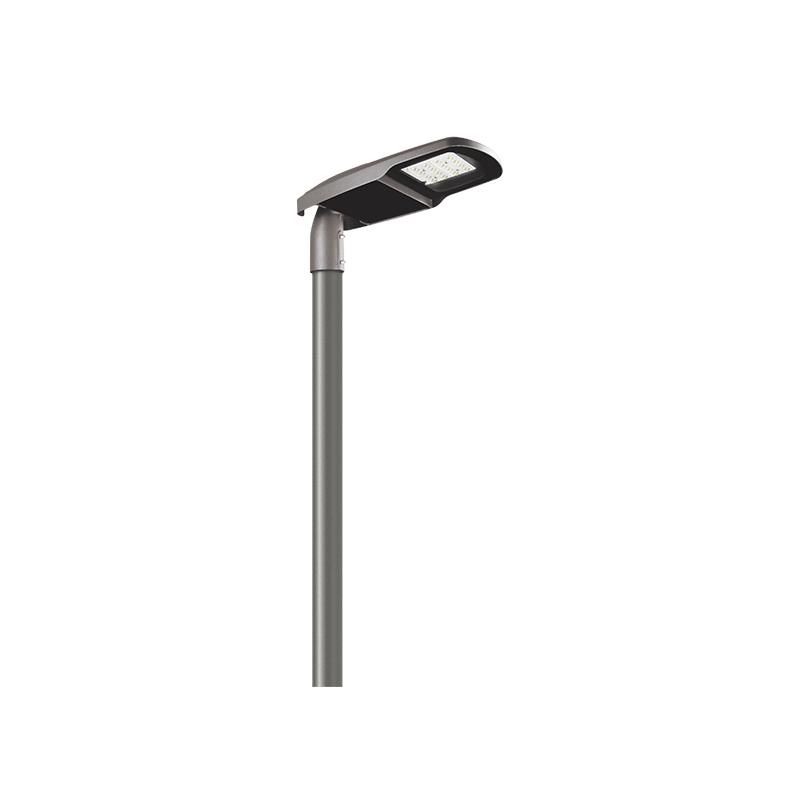LED street light contribute to energy savings and reduced electricity consumption in urban areas through several key mechanisms:
Higher Efficiency: LED (Light Emitting Diode) technology is inherently more energy-efficient than traditional lighting sources like high-pressure sodium (HPS) or metal halide lamps. LEDs convert a larger proportion of electrical energy into visible light, minimizing wasted energy in the form of heat.
Lower Wattage for Equivalent Brightness: LED street lights can provide the same or even higher levels of brightness (lumens) as traditional lights while consuming significantly lower wattages. This means that less electricity is required to achieve the desired illumination, resulting in immediate energy savings.
Directional Lighting: LEDs emit light in a specific direction, which allows for better control and distribution of light on roadways and sidewalks. Traditional lighting sources emit light in all directions, requiring reflectors and additional fixtures to direct the light where it's needed. LED street lights reduce light spill and minimize light pollution.


Instant Start and Dimming Capabilities: LEDs can be easily dimmed or turned on and off without any warm-up time. This flexibility allows municipalities to adjust lighting levels based on traffic patterns, time of day, and specific needs, further reducing energy consumption during off-peak hours.
Longer Lifespan: LED street lights have a significantly longer operational lifespan compared to traditional lighting sources. A typical LED street light can last 50,000 hours or more, while traditional lights may last around 15,000 hours. This reduces the frequency of replacements, saving on maintenance and disposal costs.
Reduced Maintenance Costs: The extended lifespan of LED street lights not only reduces replacement costs but also lowers maintenance expenses. Less frequent bulb replacements and reduced downtime for maintenance crews contribute to long-term cost savings.
Improved Color Rendering: LED lights provide better color rendering, making it easier for drivers and pedestrians to see and distinguish objects on the road. This improved visibility can enhance safety and reduce the need for excessive lighting.
Adaptive Lighting Controls: Smart LED street lighting systems can be equipped with sensors and adaptive controls that adjust lighting levels based on real-time conditions, such as traffic density, weather, and daylight. This ensures that energy is not wasted when it's not needed.
Reduced Heat Emission: LEDs emit very little heat compared to traditional lighting technologies. In hot climates, this can lead to additional energy savings, as less air conditioning is required to offset the heat generated by street lights.
Environmental Benefits: Lower energy consumption by LED street lights reduces greenhouse gas emissions, making urban areas more environmentally friendly. Additionally, reduced light pollution is beneficial for nocturnal wildlife and astronomical observations.
LED street lights offer a combination of higher energy efficiency, longer lifespan, better controllability, and reduced maintenance requirements, all of which contribute to significant energy savings and reduced electricity consumption in urban areas. This makes LED technology a cost-effective and environmentally responsible choice for modern street lighting systems.


 Español
Español












